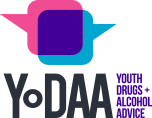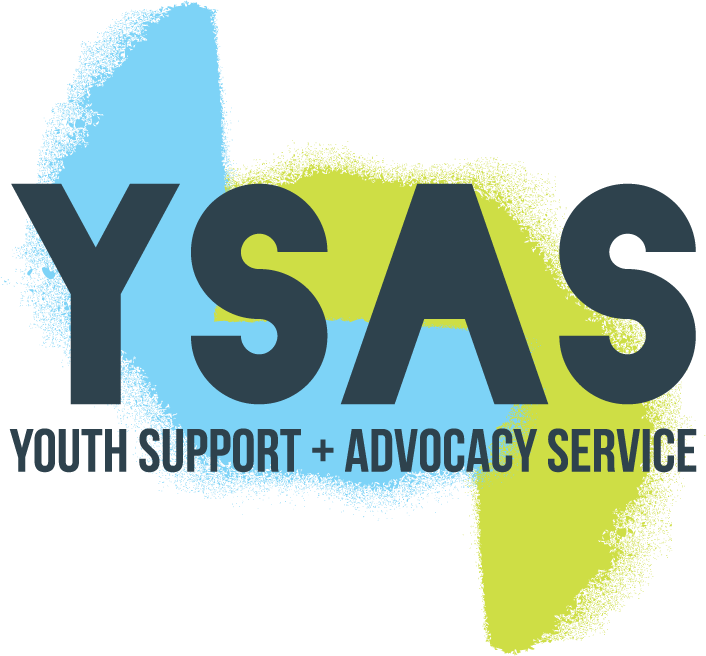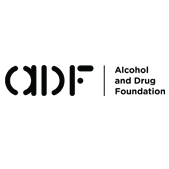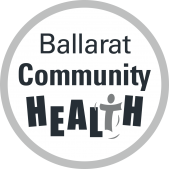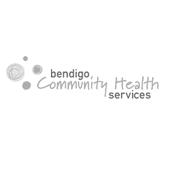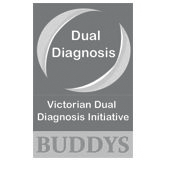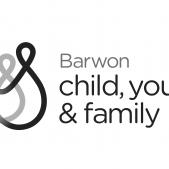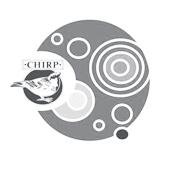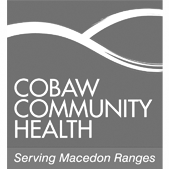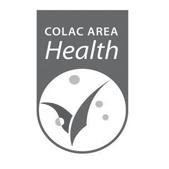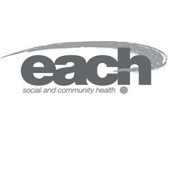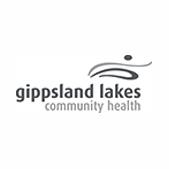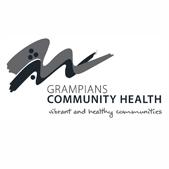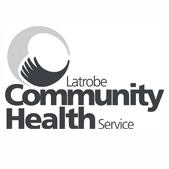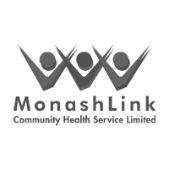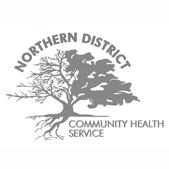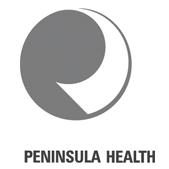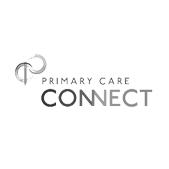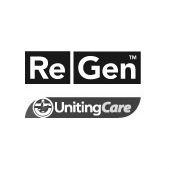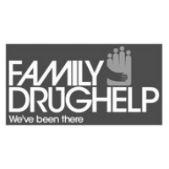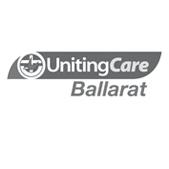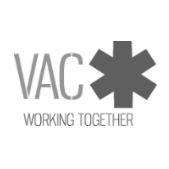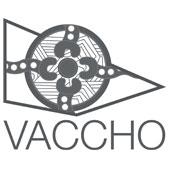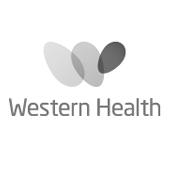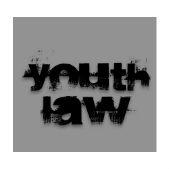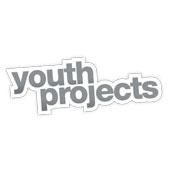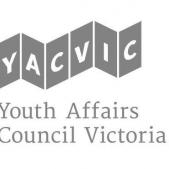Youth AOD Work
Screening and assessment overview
Agencies use varying screening and assessment processes. Despite this there are some key non-negotiable practices that will ensure screening and assessment is consistent with the characteristics of effective Youth AOD work.
Screening and assessment are hugely important aspects of youth AOD work. It’s hard to know how best to support a young person if you don’t know much about them. However, trying to find out everything could take too long and often support is needed urgently.
Screening and assessment should complement or strengthen engagement and enable the development of a therapeutic relationship. To do this, screening and assessment procedures should ensure that:
Neither too much nor too little information is collected
Only relevant information is collected to inform case formulation and care planning.
The distinction between screening and assessment can sometimes be difficult to articulate, especially in settings and with young people where a responsive or opportunistic approach is required. Nonetheless, screening and assessment do have different purposes.
Screening’s purpose is to collect information that quickly determines:
If there are issues that need addressing or further assessment
The urgency and prioritisation of issues.
Assessment’s purpose is to collect information that:
Determines the nature and extent of issues and can assist in choosing and designing interventions that will be most helpful to the young person.
Screening and assessment, as well as case formulation and interventions, should be intertwined so that each process informs and influences the other.
